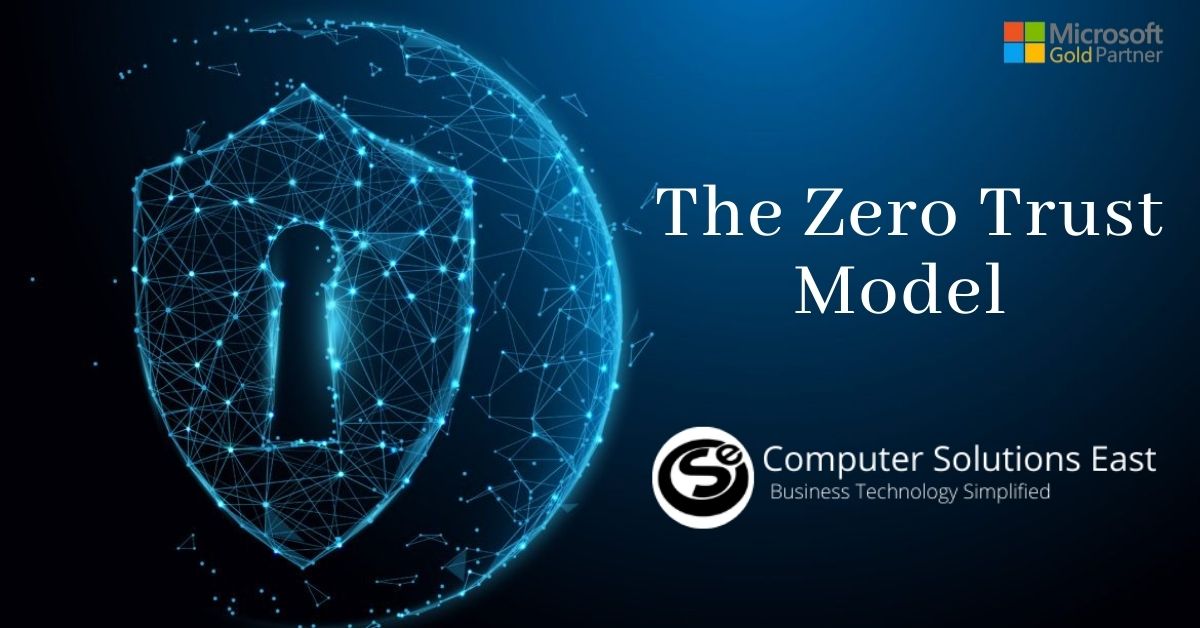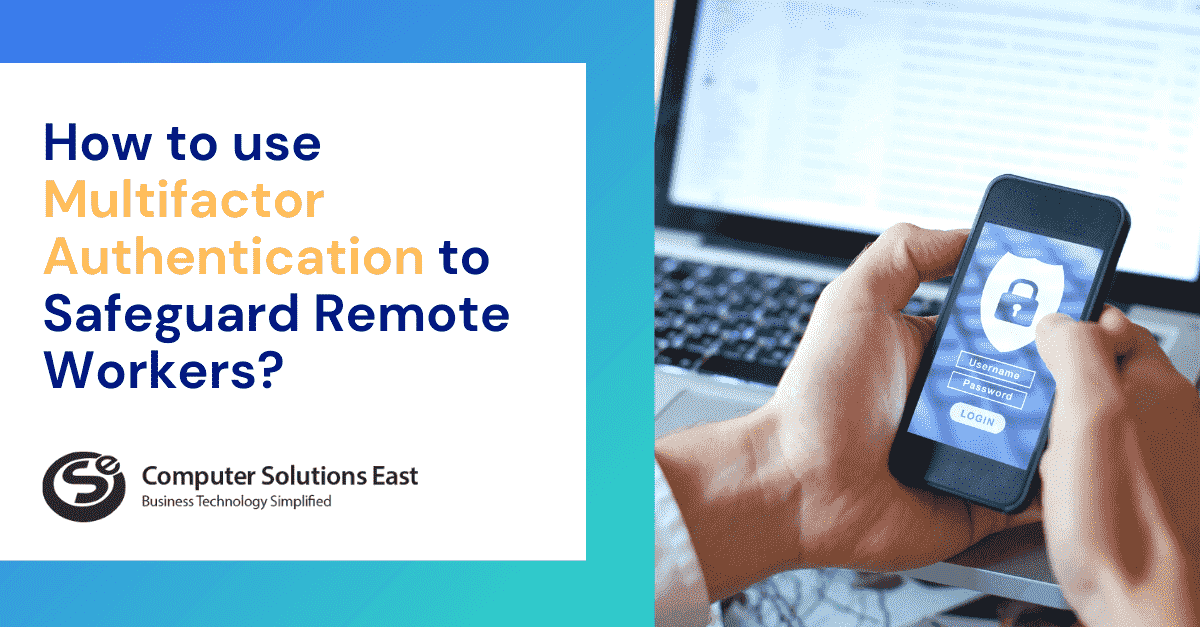Key Considerations to Integrating Cloud for Data Center Monetization
Cloud computing is rapidly gaining traction as a main destination for organizations to store data, mission-critical workloads, and applications. Cloud-based technology has facilitated the growth of software firms and technology-based organizations by building new solutions that enable other businesses. To a greater degree, the implementation of cloud technology in the IT Infrastructure would address these issues. In the simplest of words, the cloud is the provision of on-demand software and cloud computing services. Enterprises worldwide are modernizing their data systems with the help of cloud services providers.

These services will take up end-to-end tasks in the public cloud, starting from network security and infrastructure to software, along with payments using a simple billing system.
With this system, businesses can now turn capital expenditures initially allocated to their data centers into operating expenses related to the public cloud and start moving to more self-service models for end-users, which help defray IT expenses and take advantage of the technology.
Overcoming Modernization Bottlenecks with Localization
Banks are investing in machine learning and artificial intelligence capabilities to enhance and contextualize the client experience. With the rising need for localized technology-based services, cloud services providers – especially those in emerging areas – may capitalize on the trend toward supporting indigenous solutions offered by managed cloud services providers. Today, small businesses are facing the problem of adapting to the legacy technology to take advantage of the latest technologies of top cloud services providers that help modernize apps without losing essential functionality from the legacy systems on which companies rely. This is where localizing your approach instantly establishes you as a frontrunner in a lucrative area of the local technology market and a prospective pioneer as one of your community’s most prominent technology partners.
Failing to modernize will eventually lead your business to confine itself to legacy technologies. Therefore, enabling localization ensures positioning your firm to be a leader in its own home front. Increase awareness among smaller businesses that require IaaS providers or technology-based businesses and bigger organizations that employ cloud-based technologies. Thinking that whatever happens does not work on the cloud, and they would not ramp up. At the same time, they could risk falling behind their rivals, who use disruptive innovations to get goods to the market faster.
Gearing Up for Transformation
The idea is to help organizations step towards the cloud path as a cloud services provider who bears a few items in mind when providing services. And most importantly, ensure you hire an experienced cloud services provider who helps you and your transformation journey.
The small data centers remain closer to user data when it comes to managing power. The amount of these small data centers needed for things like smart cities lacks in this description.
Businesses may have CIOs shifting the non-critical application to the cloud to check if everything works fine before transitioning to critical IaaS workloads and eventually moving to the PaaS platform, the conventional way. The second approach uses industry best practices and suitable instruments to efficiently migrate from a conventional on-site IT environment to a hybrid IT environment, including SaaS, IaaS, and PaaS components offered by the managed cloud services providers.
And though, at first glance, the power numbers seem negligible, the aggregate power is overwhelming. That said, the stochastic models permitted in edge computing lend themselves well, if not entirely, to sustainable control and alternative energy as a backup to the existing grid.
The Way Forward
Edge devices can be stuck on poles, mounted on buildings, and various other places, but small machines/devices designed with a network are hardened devices themselves (generally WiFi or cellular). As these are usually distributed, they are outside the scope of this document, except that a massive number of smaller usage edge devices will collectively consume power. They are likely to report back to some other edge location for at least part of the data they will serve.
The important thing is that a small energy-efficient building can sometimes have the same functionality as a large one but is installed in an OPEX model. Cost models make it both attractive, and “running the data center” can still belong to someone else than core IT personnel if that’s the wish.
Aging capital equipment can be modified within a smaller and cheaper footprint, leaving original assets not fully depreciated either in situ for other purposes or in a better building layout/setup. Power is not absorbed in its entirety as a transmission cost. In short, you don’t have to move around to have what you want; sometimes, it takes a bit of land and vision. Just one more tool in the data support toolkit.


